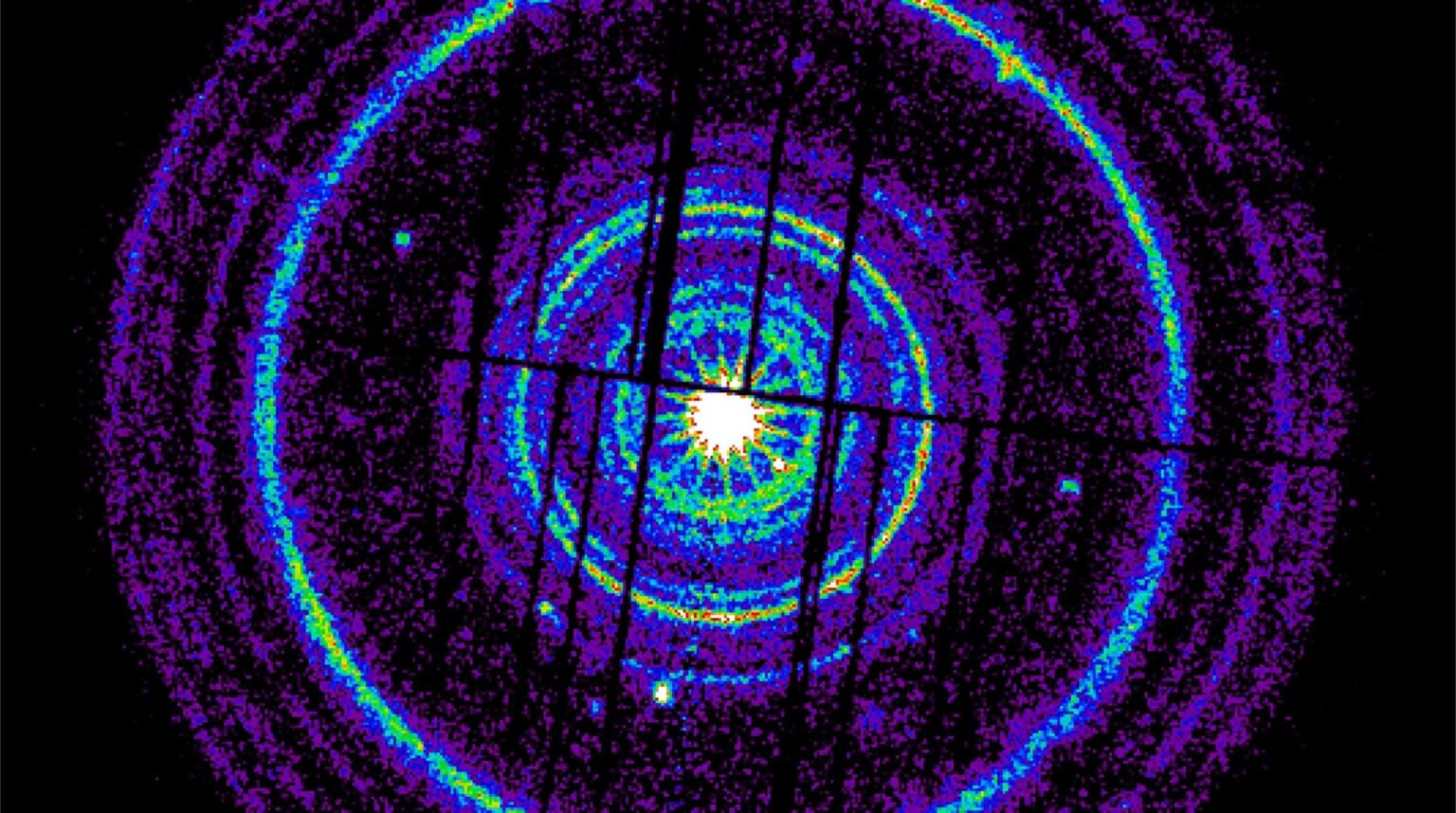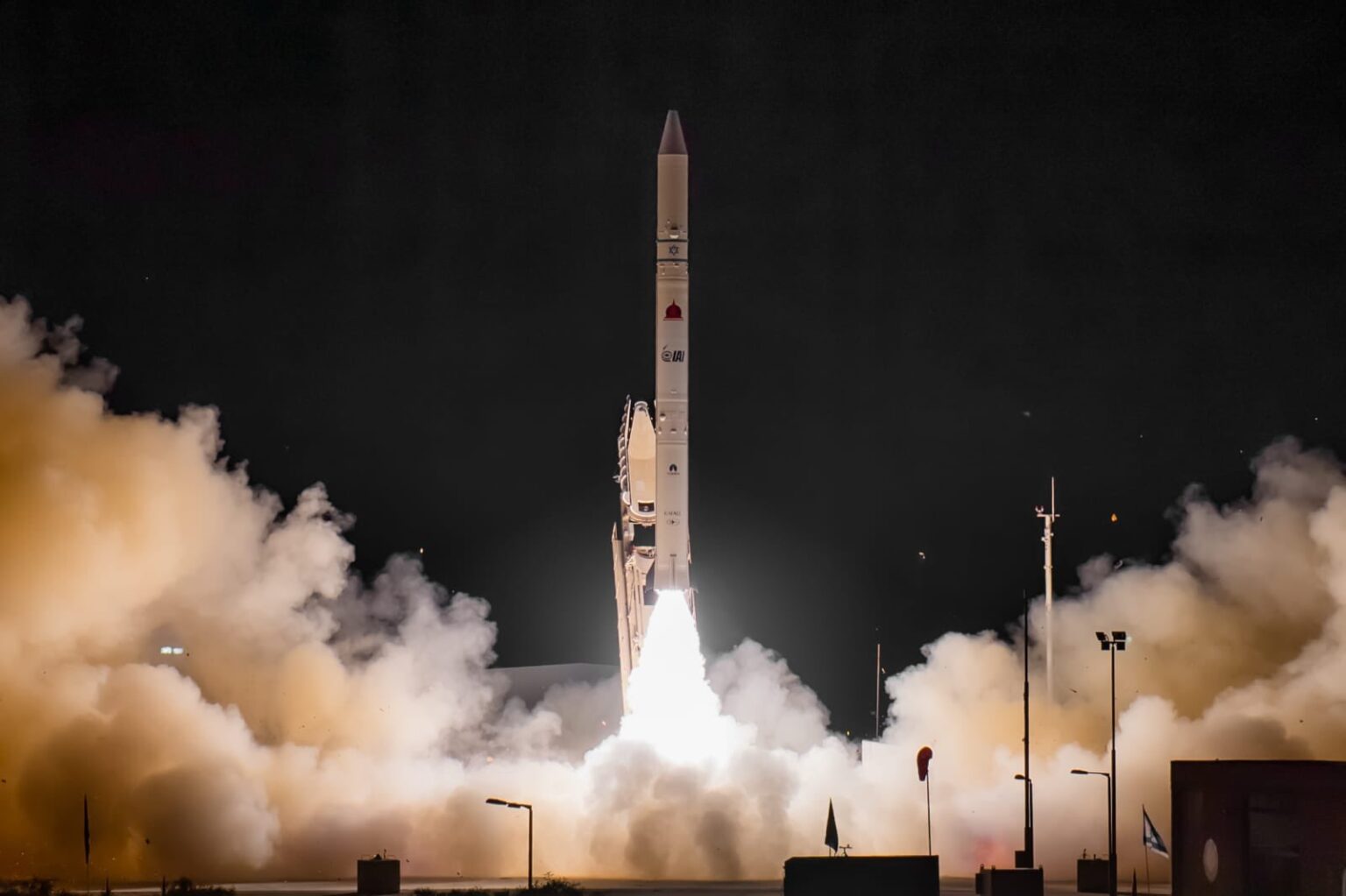Selection of the most interesting space news for the week: Billions of tons of water were found on the Moon; a leaky Soyuz fell in Kazakhstan; and we tell why Israel launches its rockets in the opposite direction.

“Science is the captain, and practice the soldiers.”
— Leonardo da Vinci
NASA has one month left to save the lunar СubeSat
NASA specialists continue to try to transfer the Lunar Flashlight spacecraft into orbit, which will allow it to fulfill its scientific program. Unfortunately, shortly after the deployment, the spacecraft encountered technical problems. Cubesat engines could not work at full capacity due to clogging of fuel lines. Despite all the efforts of engineers, Lunar Flashlight has not been able to perform the maneuver necessary to move into orbit around the Moon.
To save the mission, engineers have developed a new plan. Its essence lies in the fact that Lunar Flashlight will remain in a remote orbit around the Earth, where it will fly over the south pole of the Moon once a month. This will allow Cubesat to fulfill the main part of its scientific program.
Lunar Flashlight is a 14-kilogram spacecraft created on the basis of the Cubesat platform. It was launched on December 11, 2022, as one of the associated cargo of the Artemis I mission. The main purpose of the satellite is to search for traces of water ice and volatile substances in the polar craters of the Moon.
ESA completes the construction of an “artificial Moon”
European engineers have completed the assembly of a pair of Proba-3 satellites. In the near future, they will undergo a series of tests, after which they will be prepared for the launch scheduled for next year. The main task of Proba-3 is to study the solar corona. Studying the corona is quite a difficult task, because astronomers need to somehow “remove” the Sun itself. Total eclipses are well suited for this, but, unfortunately, they occur very rarely. Scientists have figured out how to solve this problem. One of the satellites will play the role of an “artificial moon” for the other. After entering orbit, the satellites will disperse at a distance of 144 meters. The first device will cover the Sun for the other, which will give it the opportunity to observe the inner layers of the corona.
Holey “Soyuz” burns during landing
The Russian Soyuz MS-22 spacecraft, the coolant leak from which caused the crisis on the International Space Station, has descended from orbit. Its charred descent vehicle turned out to be in the middle of the Kazakh steppe. About 218 kg of experimental results and valuable cargo were returned to Earth on it. But it is not reported what they are. Now engineers should open the “smoked” descent vehicle and find out about the actual temperatures inside when entering the atmosphere and how it can threaten astronauts.
In September 2022, Russian cosmonauts Sergei Prokopyev and Dmitry Petelin, as well as American astronaut Frank Rubio, arrived at the ISS. It was planned that they would return by the same spacecraft. However, on December 14, about three months after the launch, a liquid leak from the cooling system occurred at Soyuz. This threatened the crew with overheating when entering the atmosphere. It was not possible to fix the malfunction in orbit, and on February 23, Russia sent another spacecraft to the station. Thus, the crew, instead of the planned six months, will stay in orbit for a year.
Found billions of tons of water on the Moon
In a new study, scientists from China have discovered tiny glass beads in the lunar soil that suggest potential places where water can be stored in huge quantities. How much is there? The researchers announce a possible 297.6 billion tons of water, which are in tiny glass beads. The conclusions are based on samples brought from the Chinese mission of the Mars rover Chang’e-5. Each glass bead is capable of holding up to 2000 micrograms (0.002 g) of water per gram of particle mass. Based on the analysis of hydration signatures, scientists believe that the beads can accumulate water in just a few years. The discovery will greatly help future colonists on the Moon. The opportunity to get a huge reservoir of water can make life on the surface of our natural moon for a long period of time much more comfortable.
China to challenge Starlink
By the end of this year, China will begin deploying its own mega-satellite constellation designed to provide a global Internet. This is stated in the message of the Chinese Aerospace Science and Technology Corporation (CASC). According to the developers, the Chinese analogue of Starlink (sometimes called “Guowang”) will consist of 13 thousand spacecraft located in low Earth orbits. It is expected that an experimental batch of the first 30 satellites will be ready by the end of this year. The Long March 5B rocket will be used to launch the first batch of Guowang satellites.
Photo of the week

A powerful electromagnetic storm last week created an incredible aurora that reached the southern regions of the United States – aurora was seen even in the desert state of Arizona. In Canada, the aurora seemed especially bright and colorful. Such a rare sight attracted the attention of photographers across North America, who watched the stunning spectacle for 12 hours.
Interesting figure — 10 thousand years

Scientists conducted a study of the gamma-ray flash, which was detected by detectors on October 9, 2022, and made a stunning conclusion – it was the brightest and most powerful flash ever seen in the Universe. The team of scientists confirmed that the burst was about 70 times brighter than anything previously recorded. The astronomical team believes that the explosion of 2022 is an event that happens once every 10 thousand years.
Something to read on the weekend

In March, Israel carried out its first space launch in three years. The Shavit rocket successfully launched the Ofek-13 reconnaissance satellite into orbit. If you look at the orbital parameters of Ofek-13, it is easy to notice something unusual: the satellite moves around the Earth in the “reverse” direction. The Universe Space Tech team will help you figure out why this is happening in the article “Retrograde satellites“, and read about the discovery of dark matter in the text “Hunting for the invisible“.
Follow us on Twitter to get the most interesting space news in time
https://twitter.com/ust_magazine

